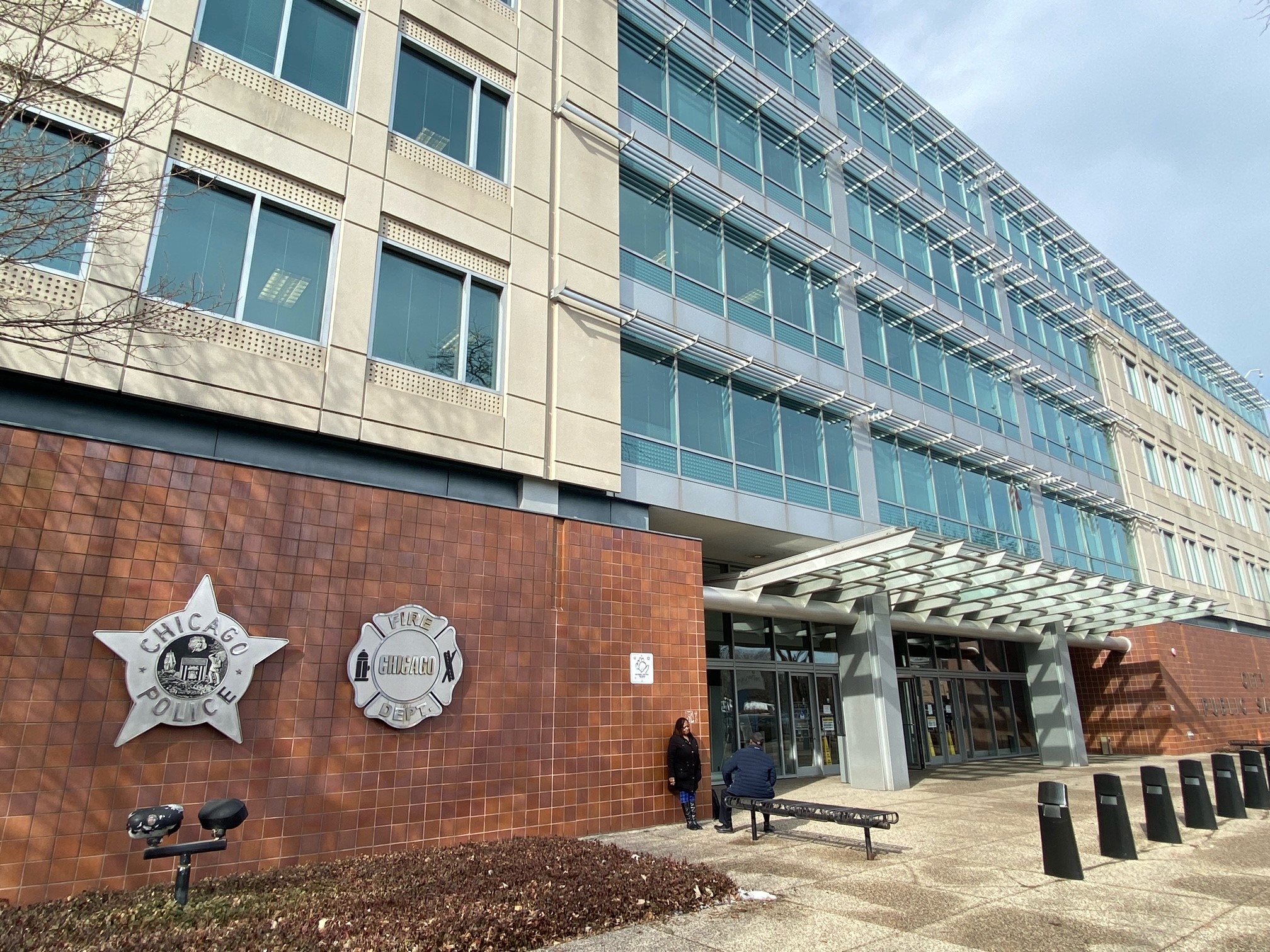Twice a year, in time with the change of seasons, an astronomical event called Chicagohenge sends startling views of the sunrise and sunset between downtown Chicago buildings.
Described by the Adler Planetarium as a celestial phenomenon, Chicagohenge, happening this week, marks the point when you can see the sun rise or set directly between buildings on Chicago's east- and west-facing streets.
According to the experts at Adler, the best time to view Chicagohenge is around sunset or sunrise between Sept. 22 and 25.
"Finding a place to spot Chicagohenge is a no-brainer!" according to a post from Adler. "Simply find one of Chicago’s east-west facing streets, plop a seat, and enjoy the view."
Feeling out of the loop? We'll catch you up on the Chicago news you need to know. Sign up for the weekly Chicago Catch-Up newsletter here.
But you might want to check the forecast for which day will be best.
Expect mostly cloudy skies and a chance for showers both Wednesday and Thursday. Friday and Saturday will be partly sunny, though there is a chance for showers late Friday.
So why is there a Chicagohenge? Adler credits "Chicago’s perfectly lined grid system," which provides an ideal landscape for the sun rising and setting directly to the east and west during an equinox.
Local
Be sure to grab a spot early. Photographers await this Instagram moment and crowds tend to form downtown.
The autumnal equinox, also referred to as the September or fall equinox, arrives at 2:21 p.m. Wednesday for the Northern Hemisphere, according to the Old Farmer's Almanac.
According to the Adler, the autumn equinox marks the point when "daytime and nighttime are roughly equal in length."
"If you’re in the Chicago area," Karen Donnelly writes in the Adler Skywatch, "you may be noticing that the Sun rises later and later—and sets earlier and earlier—each day this month."
"Actually, in the Northern Hemisphere the Sun has been rising later and setting earlier since the summer solstice," Donnelly writes, "but from the autumnal equinox on, the night-sky time will last longer than the daylight time until the next vernal equinox. We’ll keep gaining dark-sky viewing time until the winter solstice on Dec. 21."



